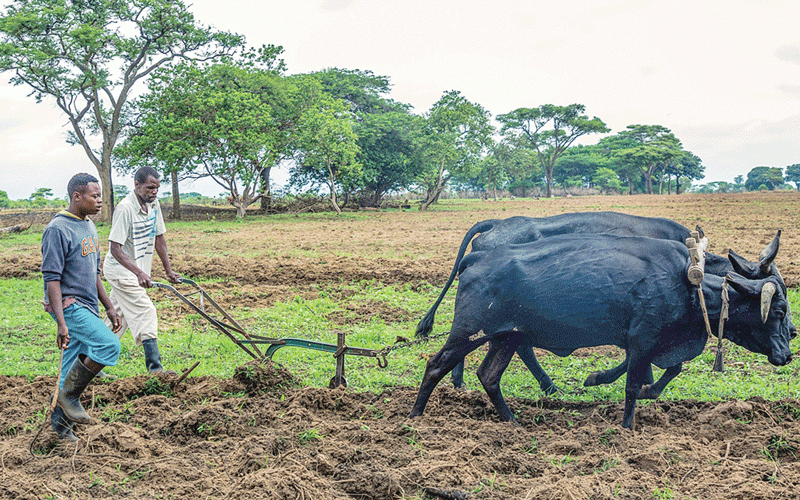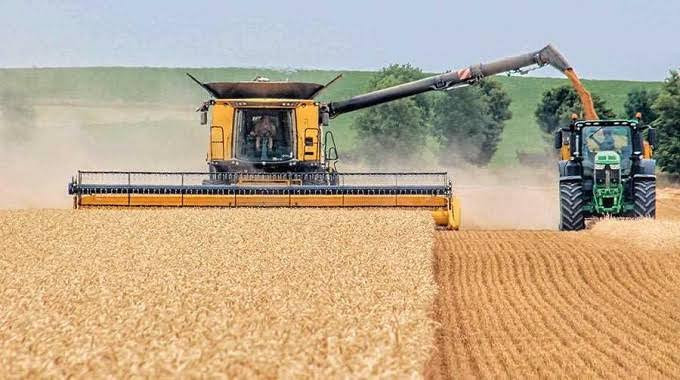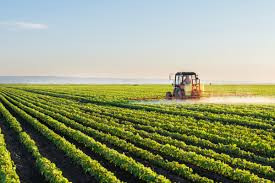
THE United States Agency for International Development (USAid) says the current 2022/23 agricultural season will see farmers face difficulties in accessing crop inputs owing to higher than average prices.
While the annual inflation rate fell to 255% last month, down from 268,8% in October, and 280,4% in September, this key price indicator has remained in triple digits since May as the local currency remains volatile.
In its latest food security outlook, USAid’s food security department the Famine Early Warning Systems Network (FEWS NET) noted that this elevated inflation would hurt farmers.
“Throughout the main 2022/23 agricultural season, access to crop inputs is expected to be significantly below normal, due to above-average prices in both USD [United States dollar] and ZWL [Zimdollar]. Most smallholder households are expected to depend on government crop input assistance, given their inability to purchase inputs on the markets,” FEWS NET said.
“As has been the case over the last few years, shortages of some fertilisers are likely and the demand for top-dressing fertiliser is expected to be higher than normal given above-average rainfall forecasts across the country and anticipated high levels of leaching. Despite input access challenges, green harvests and consumption are expected at near-normal levels in early 2023 and the main harvest is also likely to be near-average from April/May.”
FEWS NET said government aimed to distribute crop inputs to about 19 000 households for the 2022/23 cropping season in the district, up from 14 000 last year, though it may be inadequate.
According to FEWS NET, household cereal inventories are nearly depleted in most traditionally deficit-producing areas because of below-average harvests in 2021/22.
- Deputy minister in GMB theft scandal
- Millers court alternative wheat markets…180 000 tonnes under discussion, says GMAZ
- Private sector makes inroads into wheat production
- Deputy minister in GMB theft scandal
Keep Reading
Most people in these areas are turning to the market for their food, namely maize meal.
Due in part to government restrictions on free grain transportation and the necessity to sell grain to the Grain Marketing Board (GMB), maize grain is either unavailable or in erratic supply in these regions.
On the other hand, typical surplus-producing regions tend to have larger levels of household stocks produced in 2021/22 by residents themselves.
However, in most of the country, the price of corn is higher than it was this time last year and higher than typical.
“Prices in typical deficit-producing areas are up to 50% higher than those in surplus-producing areas,” FEWS NET said.
“Maize meal is generally readily available, but supplies in more remote rural areas can be erratic or even wholly absent. Maize meal prices for October in both USD and ZWL were also higher than in September and same time last year.”
FEWS NET continued: “Grain deliveries to the GMB (Grain Marketing Board) have been significantly lower than normal this year, a result of below normal harvests. By the end of October, total GMB stocks (including both 2021 carryover stock and new 2022 intake) were reported at about 569 000 metric tonnes (MT), comprising 489 000MT of maize and 80 000MT of traditional grains.”
FEWS NET said the reported GMB grain stocks were about 40% lower than at the same time last year.
Maize imports from Zambia — via the private sector — are reported to have begun in July.
The sharp surge in parallel market currency rates and commodity prices has moderated because of several government efforts instituted in recent months to control the growth.
However, these measures have resulted in an artificial decline of the exchange rates, the recent influx of Zimbabwe dollars has resulted in the parallel forex rate spiking.
Currently, parallel forex dealers are charging $1 000 for the greenback while buying the United States dollar for $850 from consumers.
“At the tail end of the dry season, water sources are typically depleted, and water availability is low in October. Vegetable production, consumption, and sales have significantly reduced in accordance with seasonality, even in typical high-rainfall areas. Above-average demand for leafy vegetables has resulted in higher prices, negatively impacting poorer households’ access to what is a key food commodity, especially at this time of the year,” FEWS NET said.
“Brick moulding and sales are also being negatively affected by these water shortages, with community authorities in some areas banning the activity. Although the Zimbabwe National Water Authority (Zinwa) reported national dam levels at 80,4% as of October 22, higher than the average 61,8% expected at this time of the year, much of this water is for large-scale commercial use, not smallholder farmer and communal area use.”
FEWS NET added that pasture conditions and drinking water for livestock had seasonally deteriorated across the country, more so in typical arid and semi-arid areas threatening livestock production.











